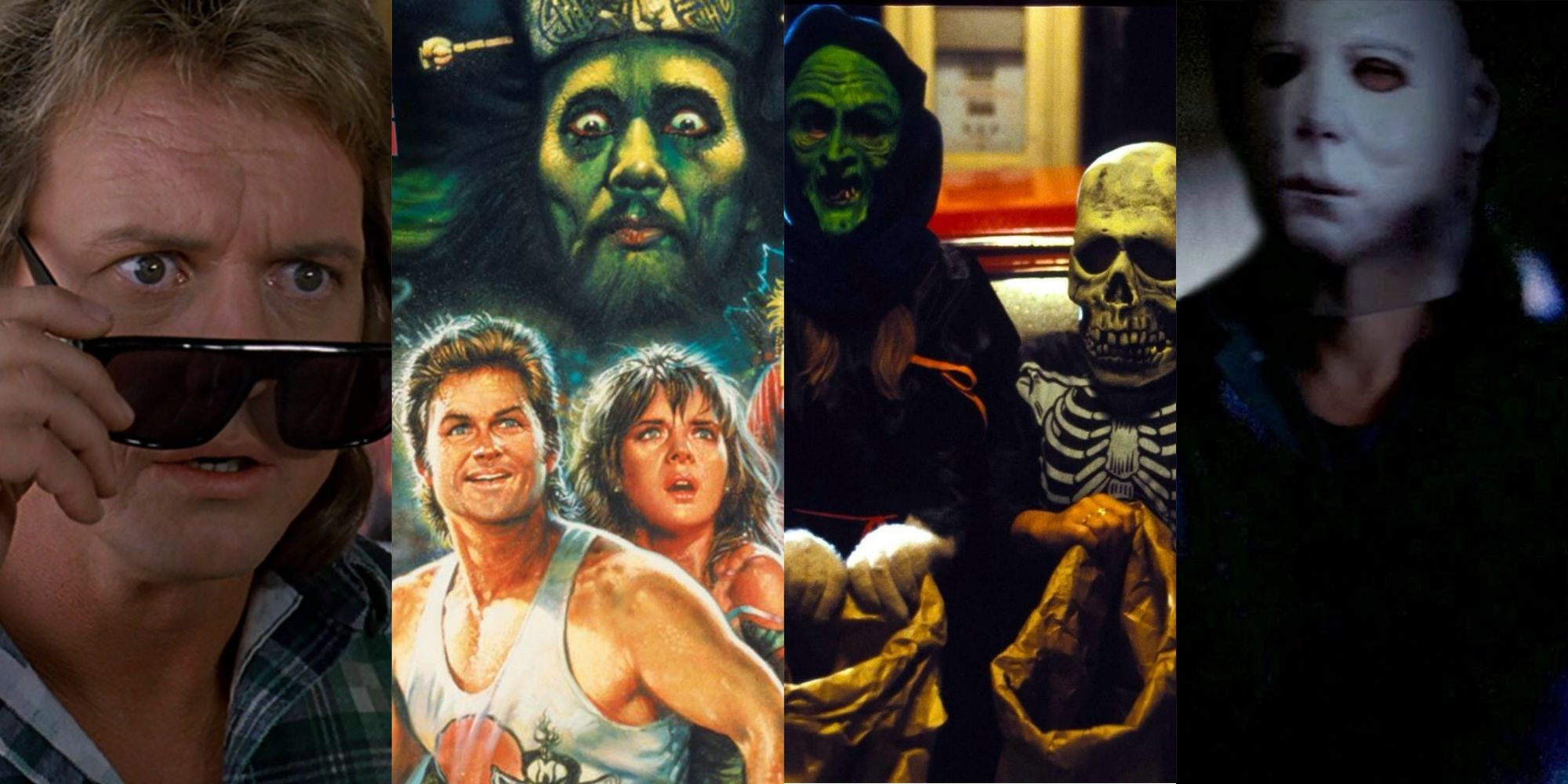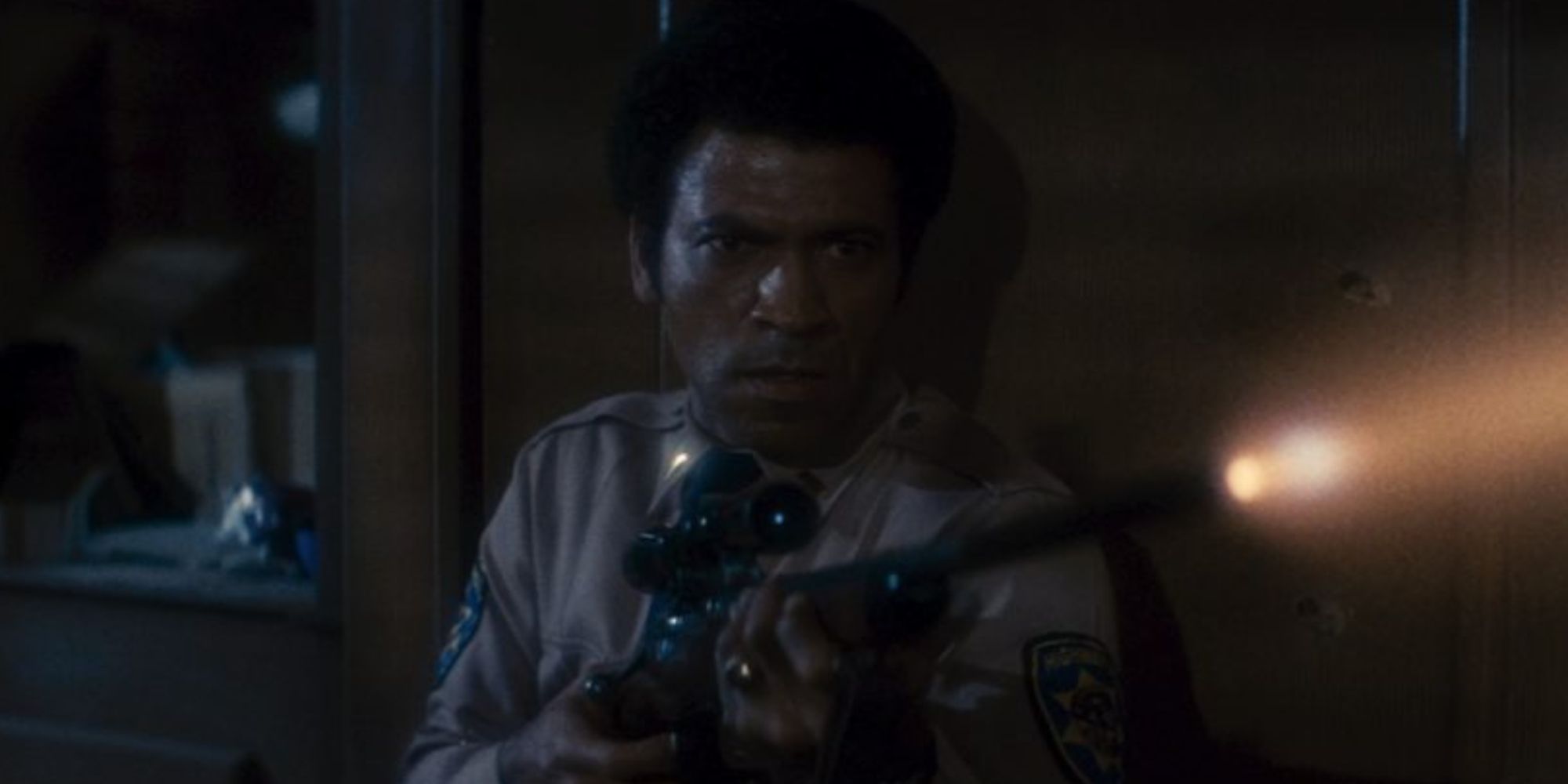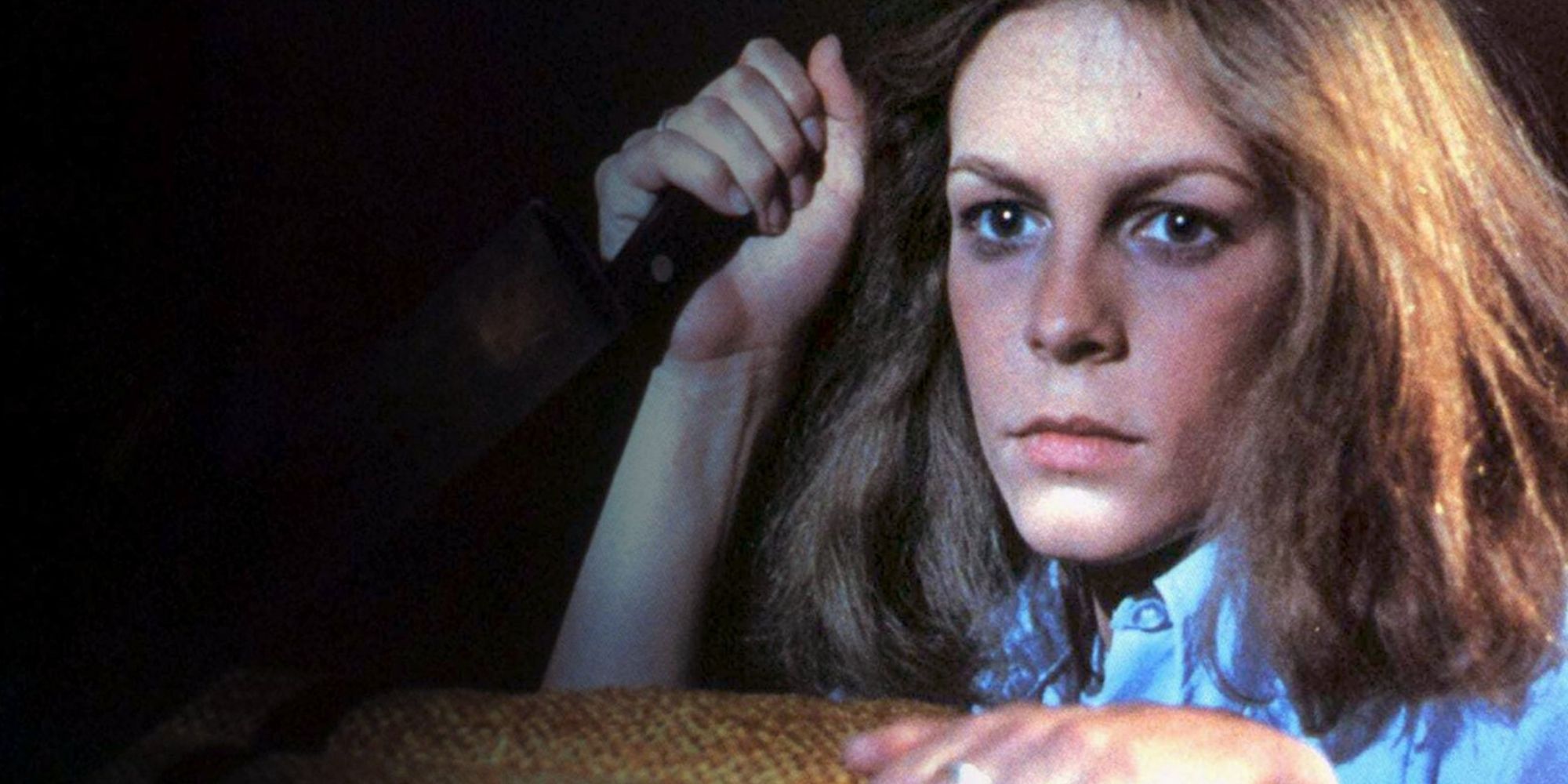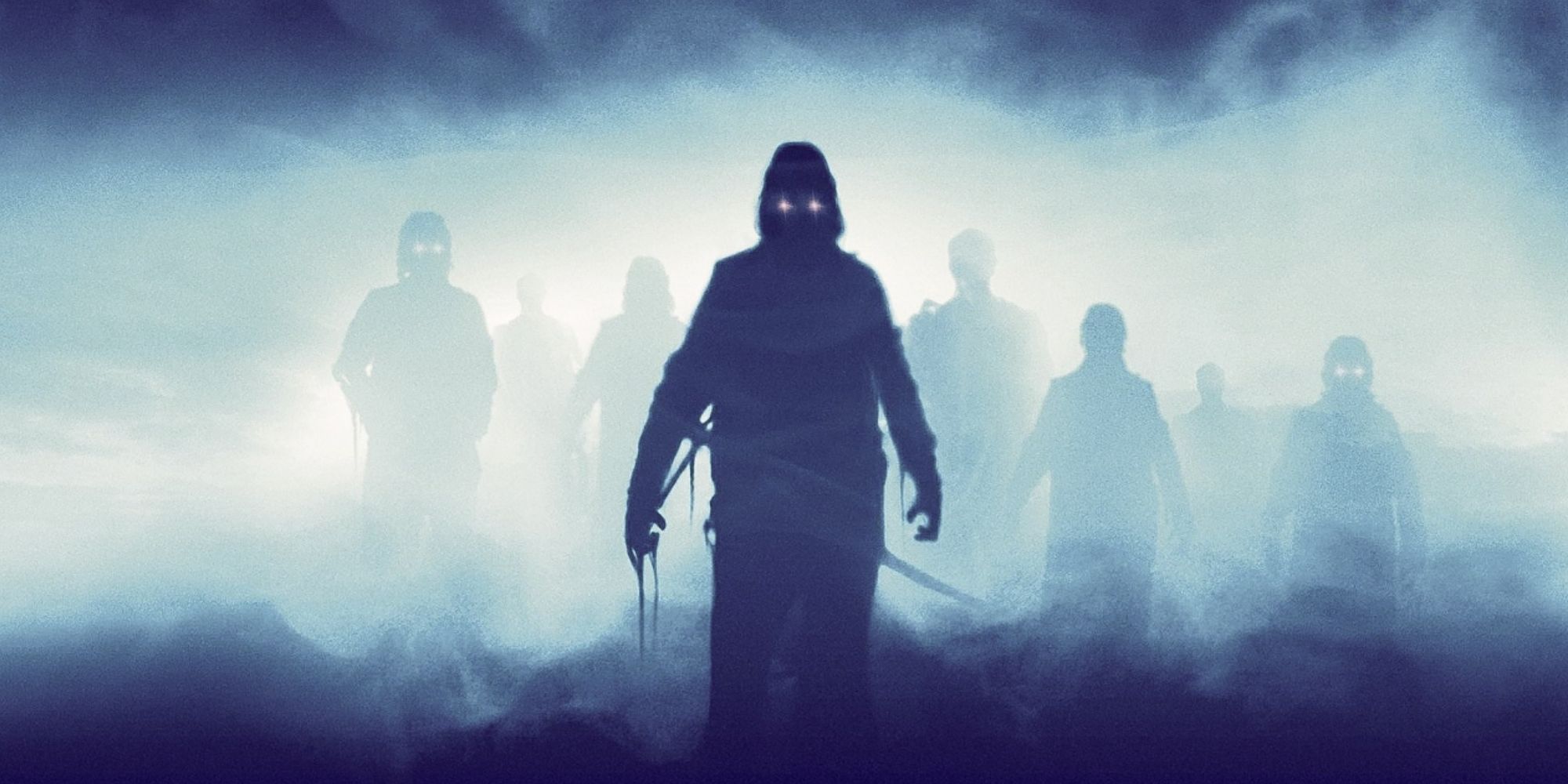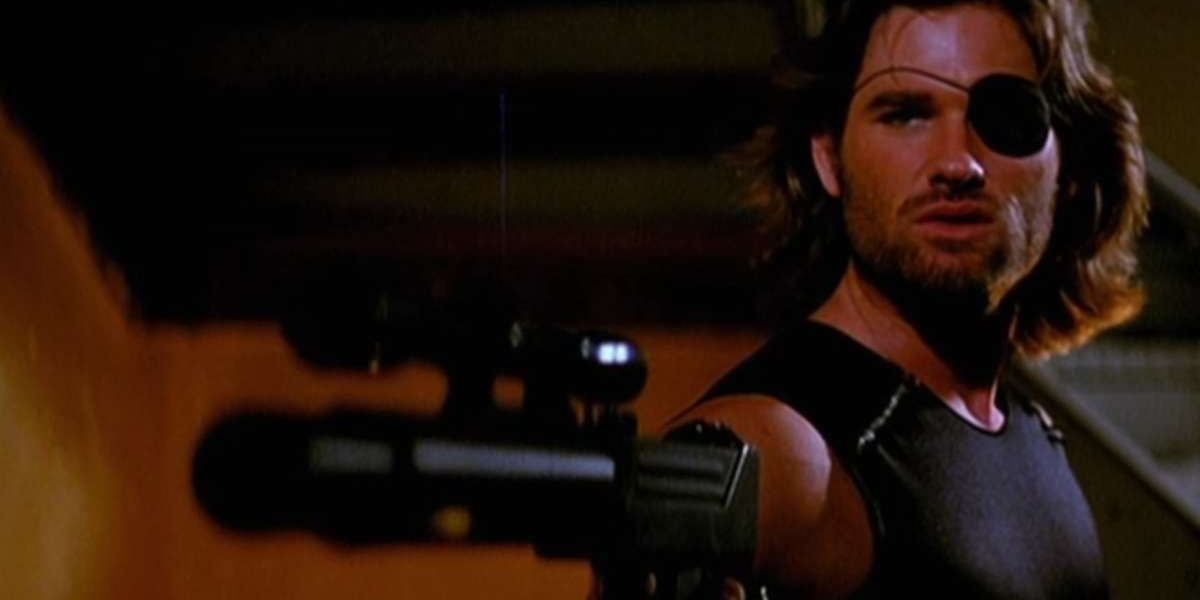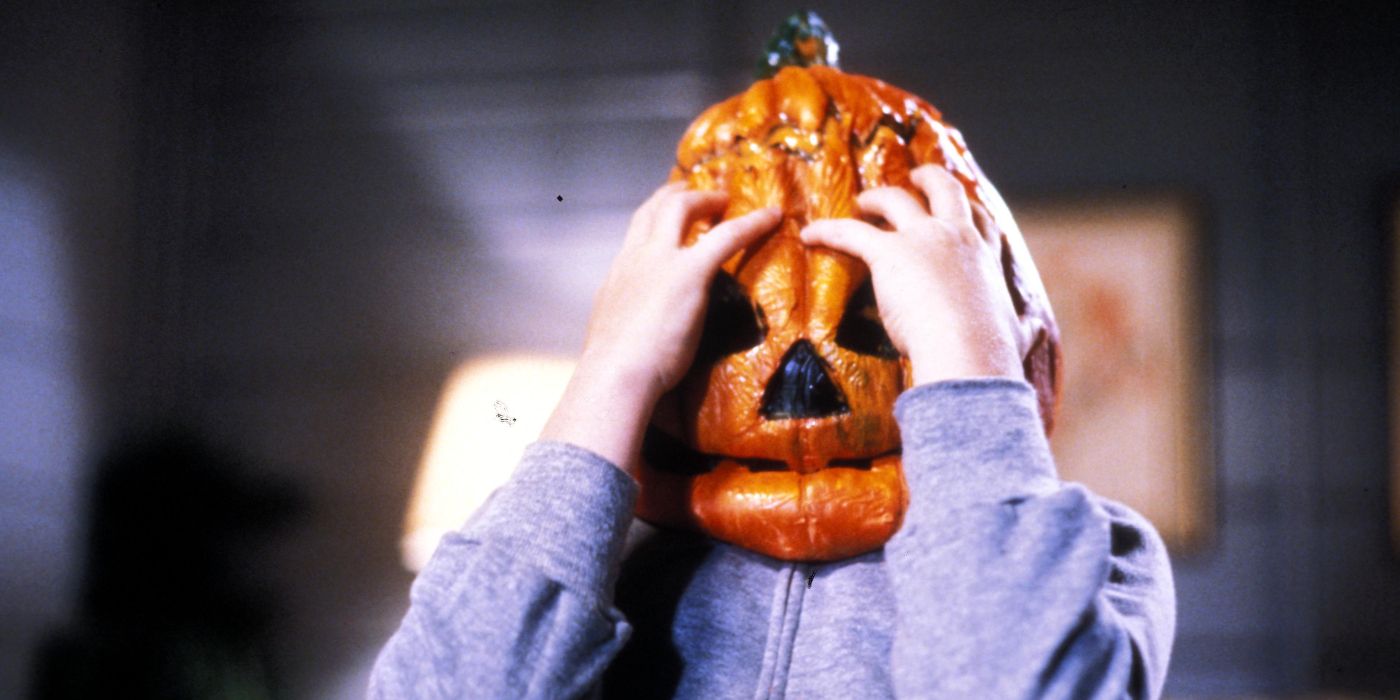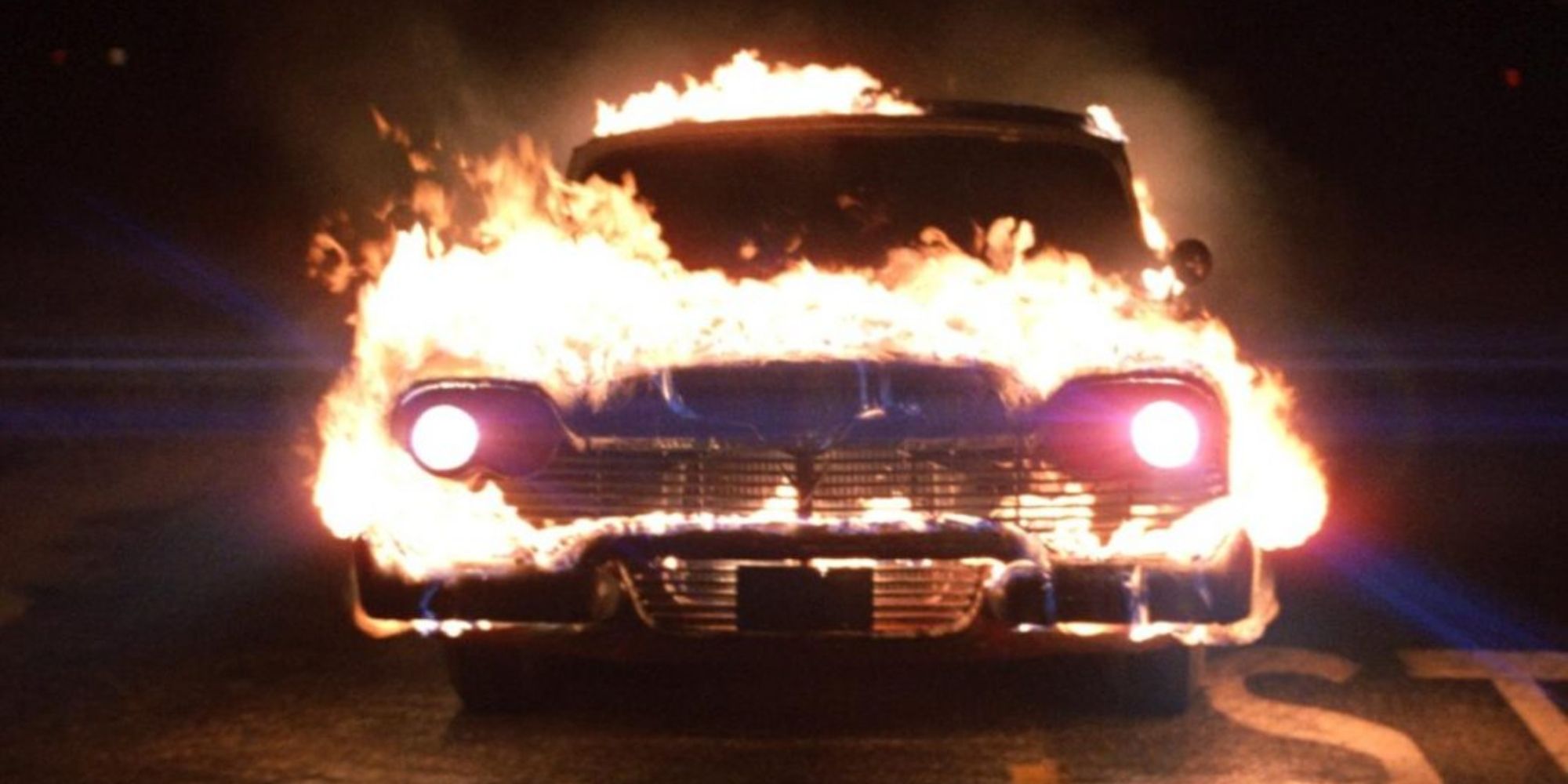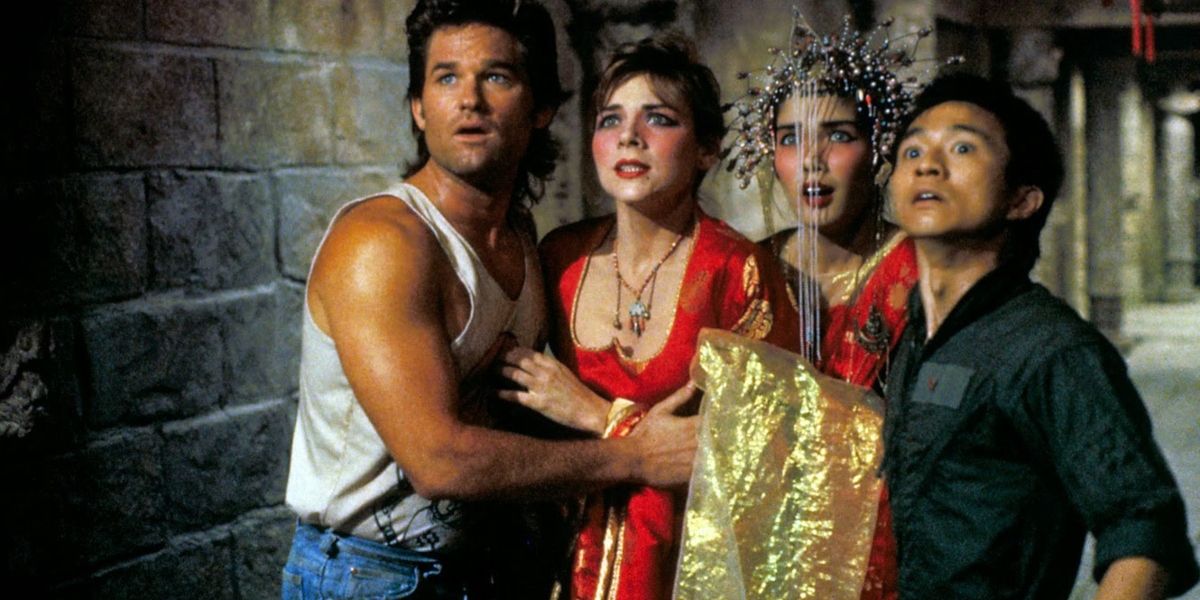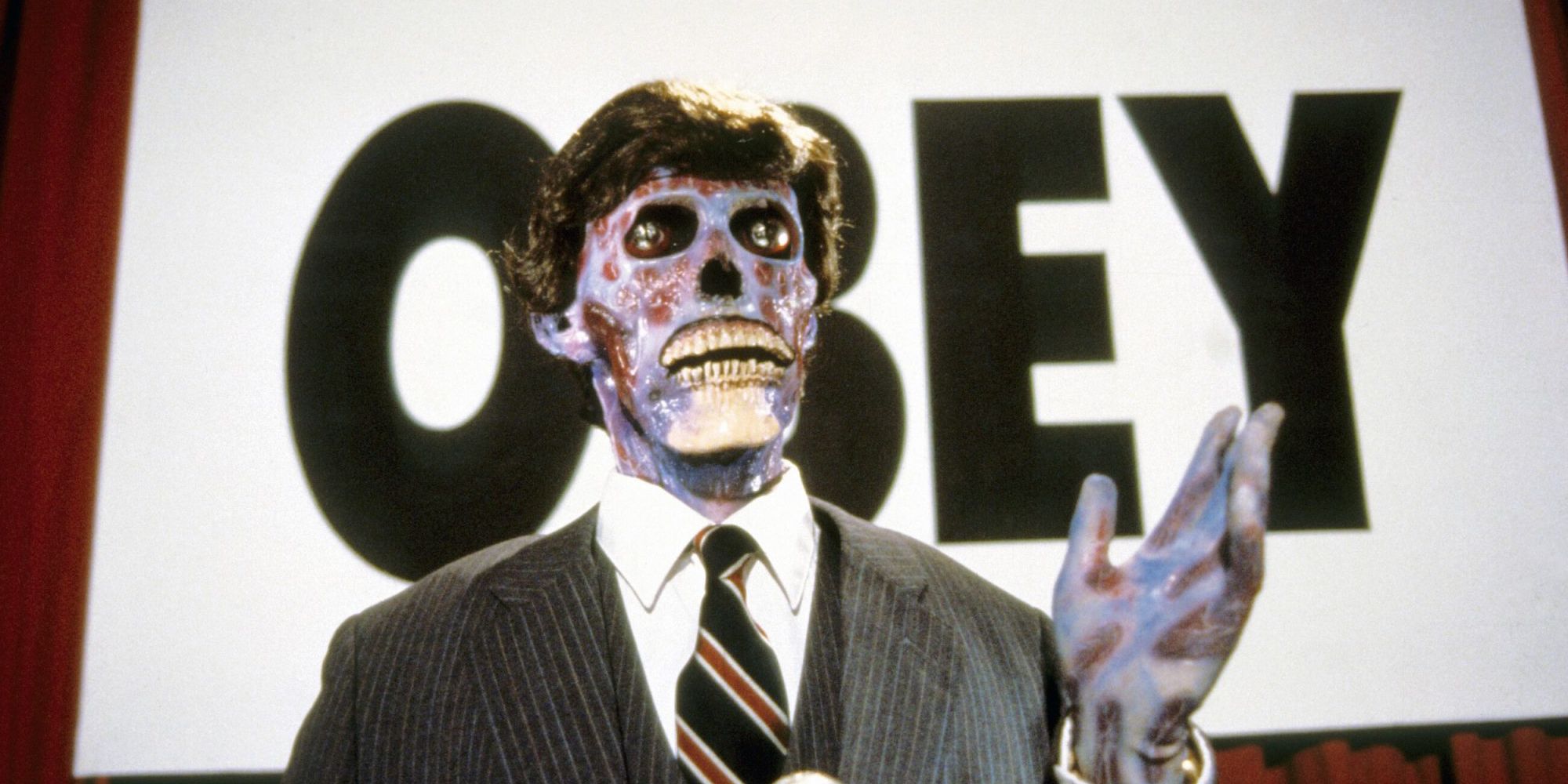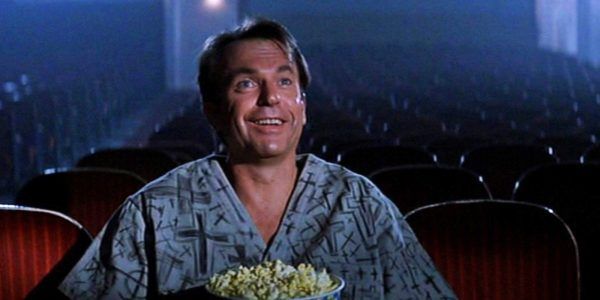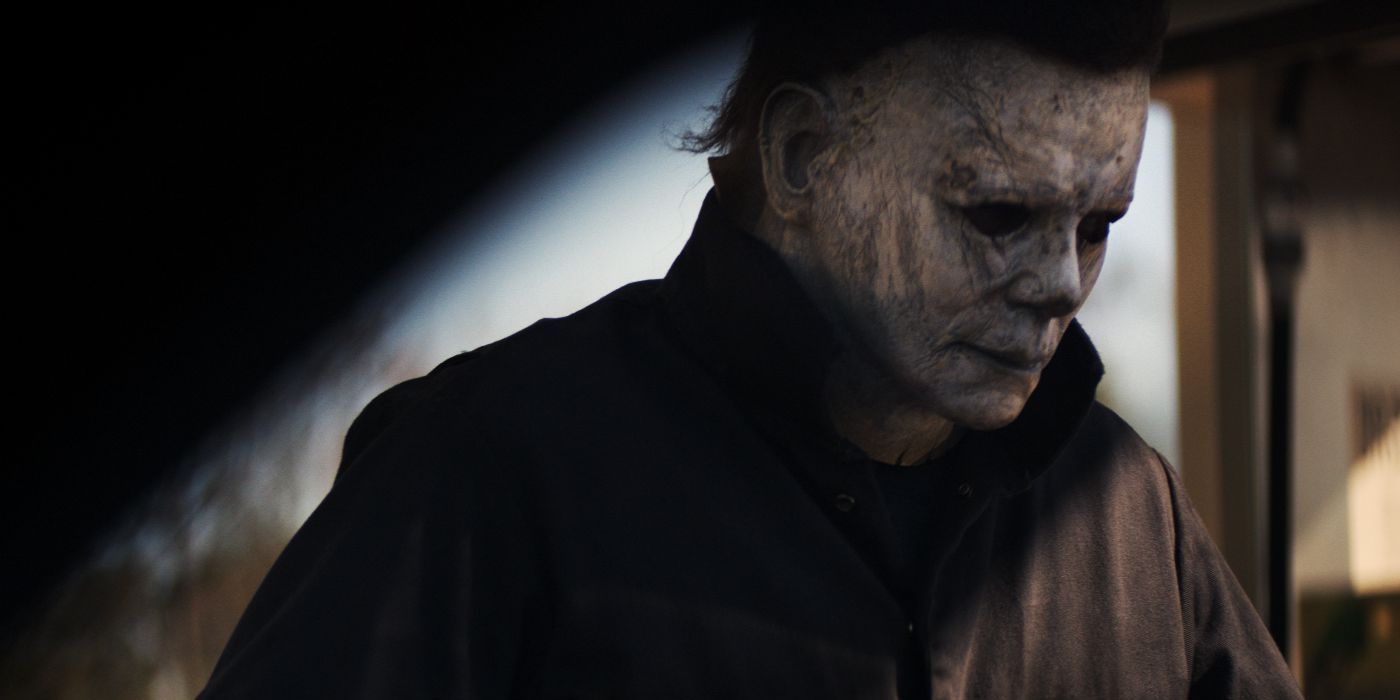A staple of John Carpenter’s filmography is his chilling, mysterious and at times adrenaline pumping synthwave music. Even scores John Carpenter didn’t compose himself, most notably 1982’s The Thing composed by Ennio Morricone, have a John Carpenter sounding score.
Since Dark Star in 1974, it’s been a tradition for Carpenter to compose his own music for his films. He also has composed music outside his own work like with the Halloween series and recently Stephen King’s Firestarter. All of these scores utilize the iconic synthesizer with unique variations depending on the movie.
'Assault on Precinct 13' (1976)
Even if you haven’t seen Assault on Precinct 13 you most likely have heard this iconic piece of music. The ominous theme works well the thriller in conveying the fear of the people inside the police station as the psychopathic gang members attack.
The score is simple in nature but like most of John Carpenter’s work is very effective. The music’s repetitive nature enhances the thrill of the terrifying gang members storming into the police station killing innocent people with deadly stolen weaponry.
'Halloween' (1978)
The most memorable and famous of John Carpenter’s music is also synonymous with the season of Halloween and even horror itself. The iconic main theme uses 5 by 4 time that escalates, foreshadowing the terror to come.
There are other dread filled pieces like Shape Stalks Laurie that ramps up the suspense as Michael Myers slowly but menacingly follows her. There’s also the stingers throughout the score that make you jump in your seat every time.
'The Fog' (1980)
John Carpenter’s next horror film following the success of Halloween also starred Jaimie Lee Curtis, and he delivered once again. The supernatural ghost tale has an eerie and haunting score that combines piano with synth.
As a composer Carpenter has an important role in establishing a dark and moody atmosphere through the music, and he does an excellent job. Much like Halloween there are plenty of stingers for when the ghost pirates attack that will surely spook you out.
'Escape From New York' (1981)
For John Carpenter’s return to the action thriller genre he brings a sense of dread to a dark dystopian future. This was also the first collaboration between John Carpenter and sound effects designer Alan Howarth who went onto work together for several projects.
While operating as an action thriller the film also has a satirical angle most notably with the eccentric larger than life prisoners like the Duke who has a groovy theme. Despite this Carpenter never forgets the characters are on a dangerous island and the music always reminds you of that.
'Halloween III: Season of the Witch' (1982)
One of the most divisive entries in the Halloween series also contains one of the best John Carpenter scores. The tale about Halloween masks that have a more nefarious purpose uses a more cosmic sounding synth to work with the story’s science fiction and supernatural elements.
When talking about the Halloween III you have to mention the track Chariots of Pumpkins which is one of John Carpenter's and Alan Howarth's masterpieces. It’s a high energy and sinister theme that suits the film and was used in many trailers proceeding the film’s release.
'Christine' (1983)
This Stephen King adaptation about an evil car effectively uses John Carpenter’s spooky synthesizer. As Arnie falls in love with the car Christine the music becomes increasingly sinister and unnerving.
The music hauntingly reflects Arnie’s supernatural attachment to Christine and also emphasizes the terror of the car hunting down Arnie’s bullies. Arnie’s love theme is one of the highlights using the staple John Carpenter’s simplicity that makes his scores so effective.
'Big Trouble in Little China' (1986)
John Carpenter’s movie about a truck driver who discovers a world of Chinese mysticism combines eastern and western themes for its musical score. John Carpenter uses the spooky synth for scenes involving the supernatural in addition to some rock for the chaotic and insane action set pieces.
The music works incredibly well for John Carpenter’s fore ray into the adventure genre. It also has a so bad it’s great theme song by John Carpenter’s band The Coup De Villes.
'They Live' (1988)
This satirical science fiction thriller utilizes John Carpenter’s signature synth in addition to some unique blues music. It’s this blues music that conveys the struggle of Nada (Roddy Piper) which makes it stand out amongst John Carpenter and Alan Howarth’s work.
As the audience discovers the truth about the media and the elite that’s when John Carpenter and Alan Howarth’s synth comes into play. There are still some harmonicas in the background reminding us of Nada and his every day working class routes.
'In the Mouth of Madness' (1994)
This tale of cosmic horror that satirizes Stephen King’s success uses both ambient synthesizer and hard rock. It’s John Carpenter and Jim Lang’s unique choice to combine excellent guitar riffs with synth to modernize this kind of music for the 90s which makes it great.
The synthesizer is still as sinister as John Carpenter’s films of the 70s and 80s, but the guitar adds another level of visceral intensity. As John Trent (Sam Neill) loses his mind as he uncovers the Sutter Cane conspiracy, it’s this score that conveys the terror he feels.
Halloween (2018)
John Carpenter proves he still has the gift to compose awesome music with this modern reboot of a film he made in 1978. He uses piano and synthesizer in a familiar yet entirely new way.
Much like the original Halloween it uses the piano effectively to establish atmosphere and tension, but it’s the synthesizer stings that scare us to death. As Laurie Strode revisits the trauma of confronting Michael Myers we also revisit the trauma in a sense through living through the terror of hearing the excellent yet terrifying score by the master himself.

